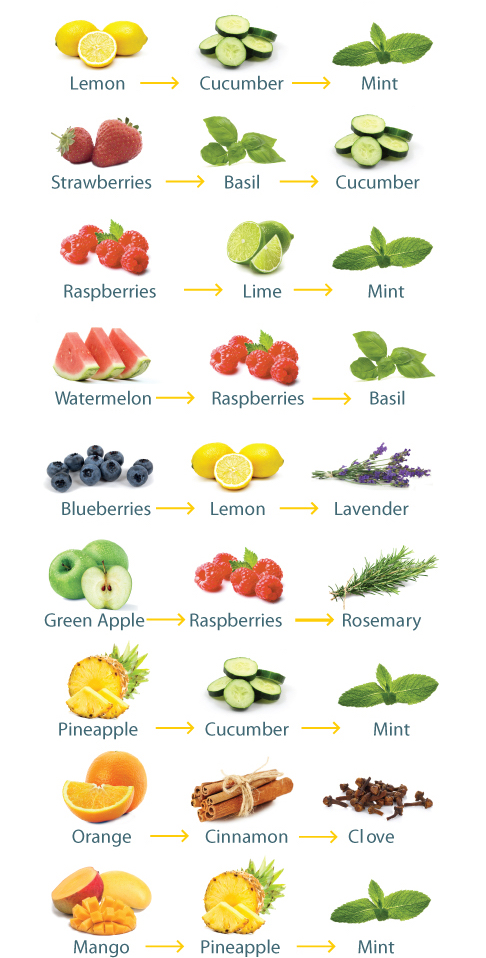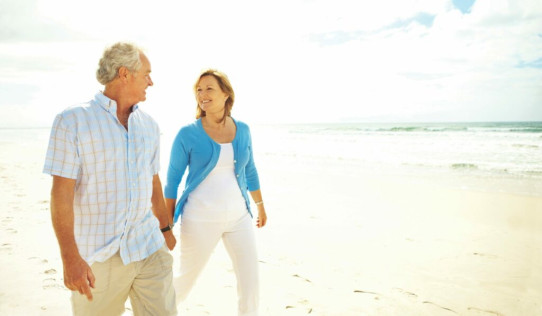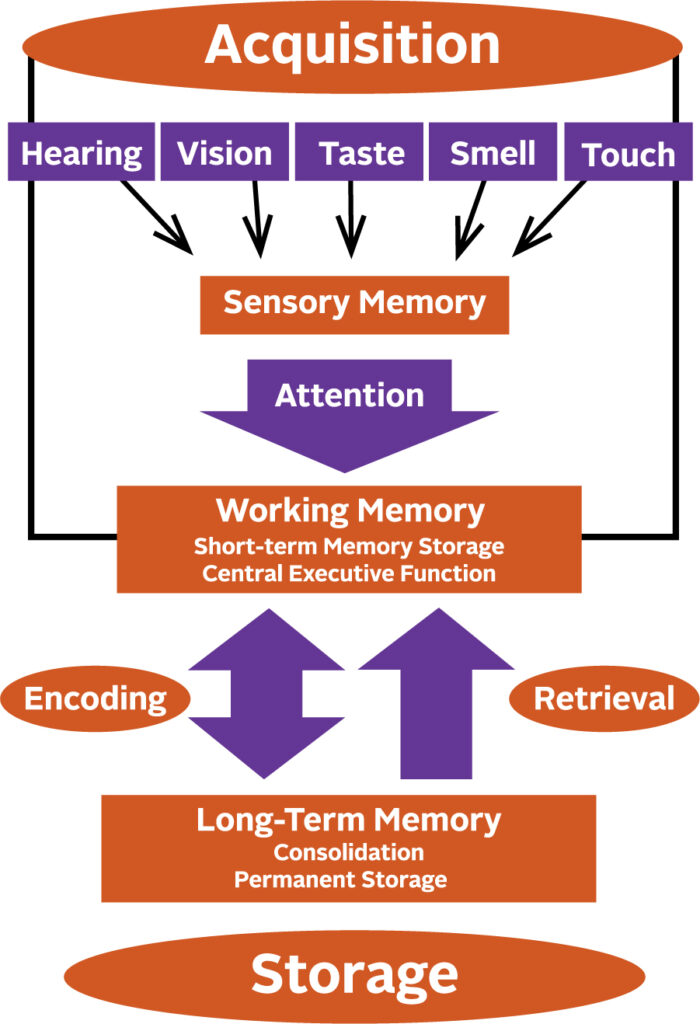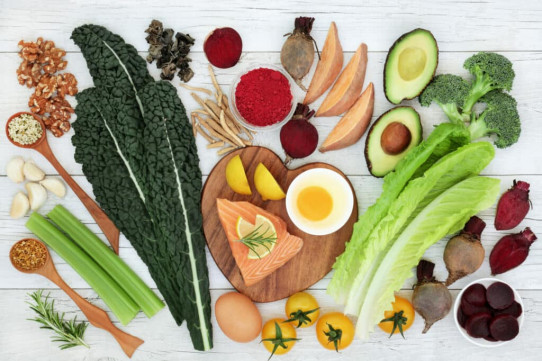A New Era for Diabetes and Weight Loss Drugs
For patients seeking new solutions to managing type 2 diabetes and obesity, the introduction of a class of drugs called GLP-1 receptor agonists (RA) has simultaneously inspired hope and excitement along with misuse and confusion. We developed the following Q&A to go beyond the headlines and explore how Ozempic and similar drugs work, who may benefit most from them, and why they may ultimately represent a true breakthrough in the way these chronic conditions are classified, considered and treated.
What defines type 2 diabetes?
More than 37 million Americans have type 2 diabetes, a chronic disease that affects the ability of the body to regulate glucose (blood sugar) levels. This leads to an increase of glucose over
time which significantly increases the risk for complications to vital organs such as the heart, kidneys, eyes and nerves. Diagnosis is made when testing shows: fasting glucose of 126 mg/dl or higher; or non-fasting glucose of 200 mg/dl or higher; or A1C (average of glucose over the past 3 months) of 6.5% or higher.
How was type 2 diabetes previously treated?
Approved by the FDA in 1994, Metformin is well established as the first line therapy for management of type 2 diabetes if lifestyle changes (low-carbohydrate diet, weight loss and exercise activity) are not enough to bring blood sugar levels down near the normal range. Metformin works by decreasing the amount of blood sugar produced by the liver in a fasting state, decreasing the absorption of food through the intestines, and restoring the body’s response to insulin.
What is different about the GLP-1 RA drugs?
Among the major benefits this class of drugs brings to patients with type 2 diabetes is
lowering their risk for heart disease and stroke, and providing a significant boost to weight loss, in addition to helping reduce glucose levels to a near-normal range. As a result of the positive outcome reported in trials, the American Diabetes Association changed its longstanding guidelines for first-line treatment of type 2 diabetes to include recommendations for GLP-1 RA drugs in patients at high risk for cardiovascular disease or with risk factors such as high blood pressure, high cholesterol, or chronic kidney disease.
How do GLP-1 RA drugs work?
Known as incretin mimetics, this class of drugs mimics the effect of a hormone, glucagon- like peptide-1, or GLP-1, which is normally produced naturally to stimulate the release of insulin secretion after eating a meal. Receptors to GLP-1 are found in the pancreas, the brain and elsewhere in the body. The drug enhances these receptors, which help the pancreas release more insulin and help reduce blood sugar levels without raising the risk for hypoglycemia (too- low blood sugar levels). By limiting the amount of sugar the liver releases into the bloodstream in a fasting state, and slowing down how long food stays in the stomach, the drug promotes a feeling of satiety, leading people to be satisfied with eating smaller portions. In addition, some patients have reported a marked decrease in cravings for carbohydrate-rich and fatty foods.
What are GLP-1 RA drugs intended to treat – diabetes, obesity, or both?
Under certain names, GLP-1 RA drugs are FDA-approved only for treatment of type 2 diabetes while offering added benefits of weight loss and cardiovascular protection; under other names, the drugs are indicated only for weight loss, but not for treatment of diabetes. While the ingredients can be identical, the difference is in dosage amounts and whether the trials focused on the drug’s impact on blood sugar or weight changes. For example, semaglutide, a GLP-1 drug, is approved to treat diabetes under the name Ozempic; a higher-dose version of semaglutide, Wegovy, is only FDA approved for weight loss. The same is true for liragutide, approved for type 2 diabetes as Victoza, and for weight loss as Saxenda.
Are there side effects?
Most side effects for these types on drugs are gastrointestinal, including nausea, diarrhea or constipation, abdominal pain.
How effective are GLP-1 RA drugs like Saxenda and Wegovy for weight loss?
Trials to date have shown excellent results, with patients able to lose between 5 to 20% of their total body weight. However, these drugs are not meant for people wanting to lose 10 or 15 pounds. They are indicated for those who are obese, as measured by a body mass index (BMI) of 30 or higher; or for people with a BMI of 27 or greater with at least one weight-related coexisting condition such as high blood pressure, elevated cholesterol levels. It’s important to note that obesity is a chronic disease, and these drugs may be needed as a long-term treatment to help lose pounds and maintain weight loss, along with lifestyle changes that include a healthy diet and 150 minutes a week of moderate-intensity aerobic and muscle-strengthening activities.
How do SGLT2 inhibitors fit into the mix of drugs for diabetes?
This is a newer class of drugs that lowers blood sugar levels by preventing the kidneys from reabsorbing glucose back into the bloodstream but instead releasing it through urine. Originally intended only for lowering blood sugar, later research data showed the drugs offered significant benefits for type 2 diabetes patients with coexisting conditions. Now some SGLT2 drugs- Invokana (canaglifozin), Farxiga (dapaglifozin), and Jardiance (empagliflozin) – have also been approved for use by non-diabetic patients with a history of chronic kidney disease or congestive heart failure.
Are other drugs in the wings?
Mounjaro, a GLP-1 RA drug that also promotes a second gut hormone (glucose-dependent
insulinotropic polypeptide, or GIP) is currently approved for treatment of type 2 diabetes, and on a fast track approval by the FDA to be used as a weight loss medication.
How will I know which drug is right for me?
This is a decision best made on an individual basis with your physician, who will consider factors such as your overall health status, drug intolerances, risk factors for developing diabetes-related complications, benefits versus possible harm from side effects, and preferred formulation (oral or injection).
Drugs with Benefits: A Guide to GLP-1 RA Therapies
NOTE: Non-GLP-1 RA drugs used for weight loss are not listed here… Please consult with your healthcare provider regarding your best option.
Sources: GoodRx, American Diabetes Association













